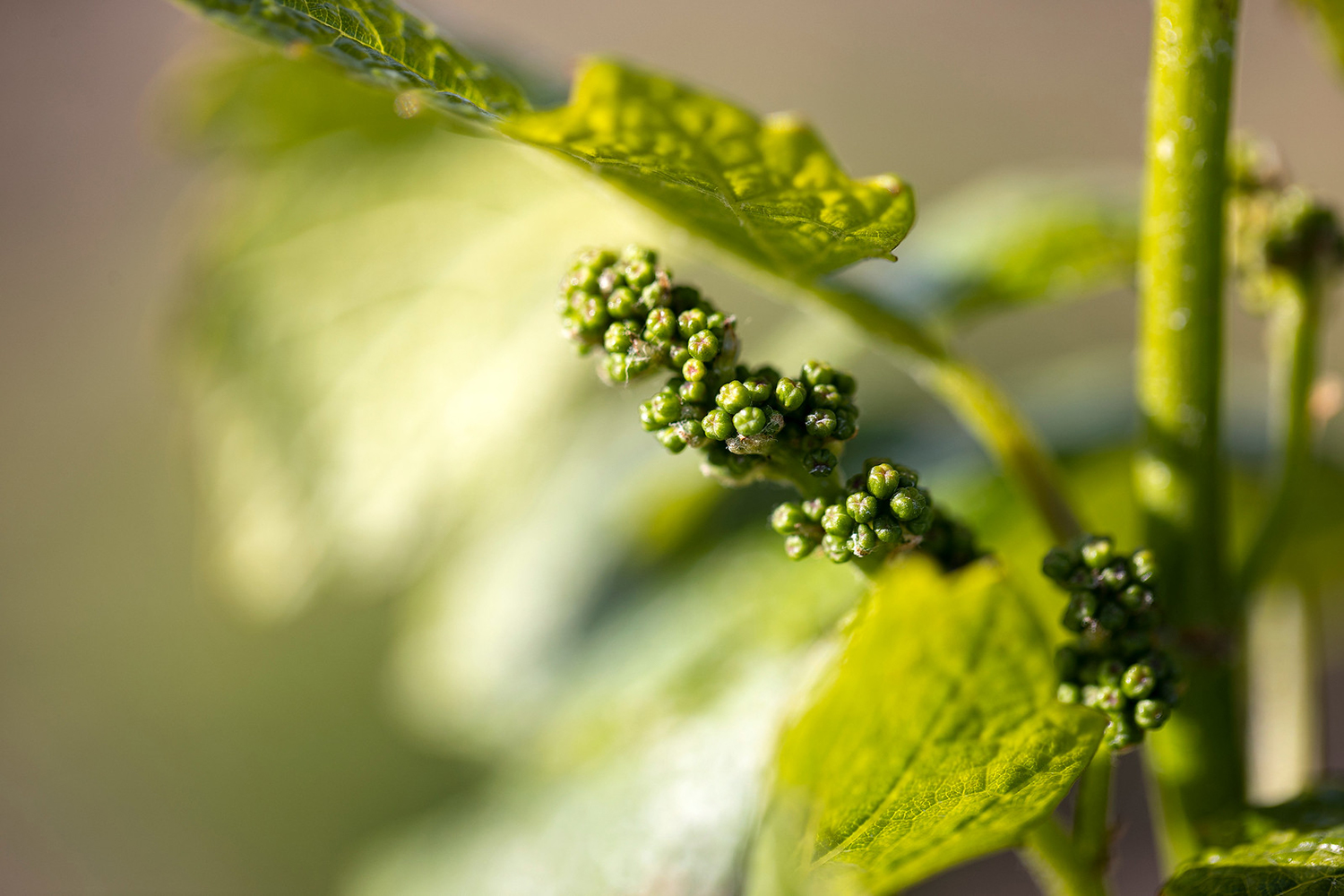As the weather warms up and the days begin to lengthen, new life is in abundance around Napa Valley. In the vineyard, our team spends the early part of spring getting ready for the growing season and gearing up for one of the most exciting moments in the lifecycle of the vine – bud break. The anticipation around the start of the season can be felt throughout Napa Valley as tractors once again grace the scene after months of hibernation. If you have never visited the valley this time of year, we suggest you come and experience the magic of a new season firsthand.

The first signs of a new growing season at Lewis Vineyard begin with the smell of freshly mowed cover crop. In Carneros, our vineyard management team at Renteria begins by mowing every other row, creating mulch from the cover crop and previously pruned vine clippings. “We cultivate (disk) every other row each year, alternating every other row, so that we can achieve the best vine balance possible,” said Brittany Pederson, Director of Viticulture at Renteria. “Cultivating rows is important as it eliminates competition for water use, but also incorporates the nutrients from the cover crop, back into the soil.”

After the cover crop has been mowed, we patiently wait for the vines to wake up and their buds to break out of winter dormancy. This year, bud break at Lewis Vineyard occurred on February 28 which was about one week ahead of 2021. A warmer winter allowed the vines to wake up sooner than normal, but this does not necessarily mean that harvest will occur earlier than normal. We will have a better understanding of when harvest will take place once flowering occurs. Flowering typically will start happening sometime in early May. The temperatures of the summer months will also have a big impact on determining when harvest will take place.

Spring brings with it the fear of frost after bud break for many grape growers around Napa Valley. In Carneros, we are fortunate to have one of the few vineyards that has not had to worry about frost damaging the buds because we are so close to the San Pablo Bay. The marine layer comes in at night when the temperatures drop and continuously moves air through, thus not allowing the temperature to drop too drastically. “With climate change, this has inevitably changed things ever so slightly as some areas in Carneros now have the threat of frost,” said Pederson. “Thankfully Lewis Vineyard is situated in slight rolling hills, so between that and the marine layer, it keeps things moving and keeps our precious buds safe.”

What’s Next?
As of now, looks like a bountiful harvest! Stay tuned for our summer update as we delve into the most prominent part of the growing season and the lead up to what we have all been waiting for – harvest.











